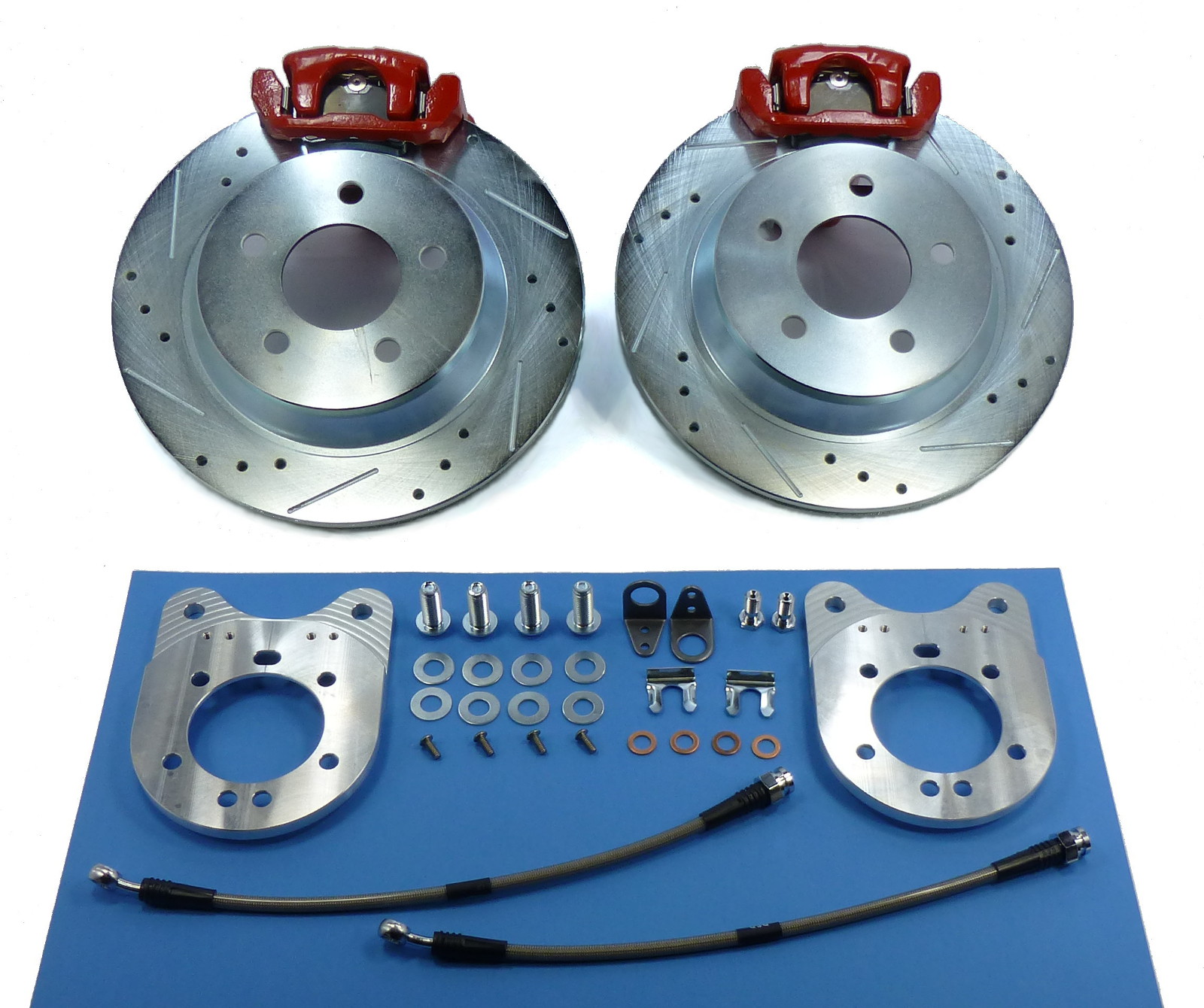Learned something today. Thanks for the info 72. Kim
Honestly, the more I’ve thought about this over the years the more I think the green bearing “requirement” is just laziness/lack of imagination/liability limiting on the part of the manufacturers of some of the rear disk brake kits.
Because all bearings have tolerances, it’s not like green bearings are a zero tolerance bearing. Granted, the spec is different compared to the adjustable tapered bearings, but there’s still a clearance spec.
And disk brakes work just fine in the front, and there’s lots of tapered bearings for front spindles and that’s technically an adjustable clearance too. It just depends on how tight you make the spindle nuts and there’s a limit to that.
The only real difference is that the bearing clearance is adjustable. But even then, a lot of the calipers are floating calipers anyway. Even with a fixed caliper, what are we talking about for movement? The bearing clearance. That’s it.
Sure, after you install the axles and adjust the bearings you might need to add a shim to center up the caliper over the rotor (DoctorDiff kits supply shims to do that), but it shouldn’t be all that much anyway. But really that’s about all we’re talking about.
And with disks the bearing tolerance and that little bit of end play on the hub/axle is how the pads get knocked back anyway. I think it’s more about the manufacturers either carrying over the same style of bearing from the donor car that supplies the calipers their kit, not designing their brackets so that the caliper location can be shimmed, or just not wanting to deal with adding shims and instructions to their kits. Or dealing with the fallout if someone doesn’t install them properly. But those are just my thoughts, I suppose there could be calipers out there that can’t tolerate the slightly larger bearing clearance spec.

